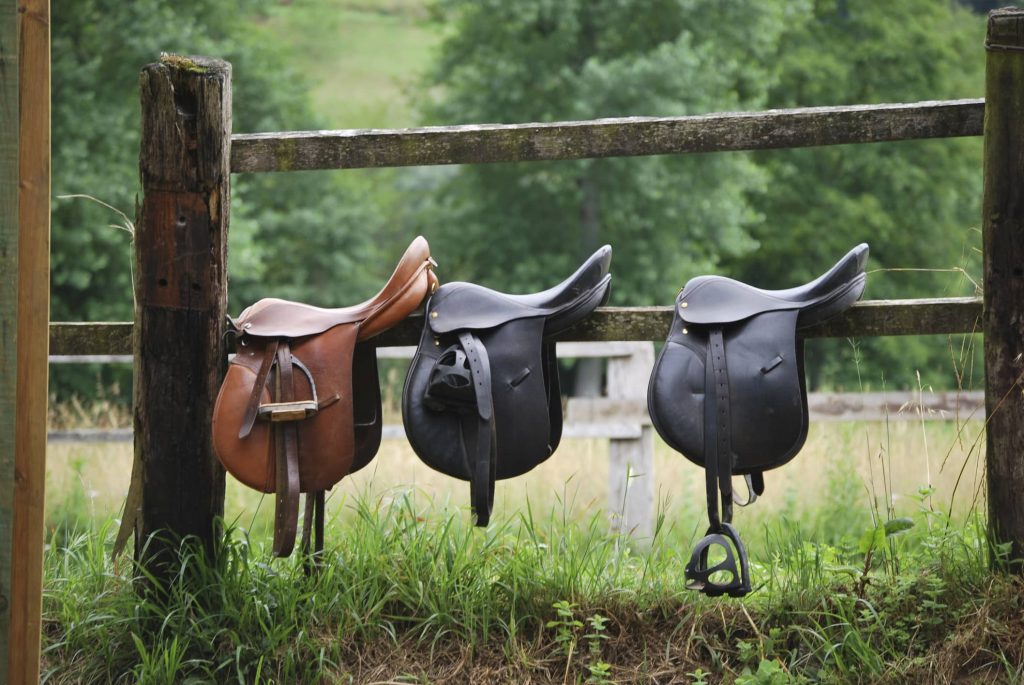
Selling a horse property requires careful planning and preparation to appeal to potential buyers who share a passion for equine pursuits. Whether you’re downsizing, upgrading, or transitioning out of the equestrian lifestyle, optimizing your horse property for sale is crucial. In this comprehensive guide, we will explore the key steps and strategies to enhance the marketability and value of your horse property.
Assessing and Planning
Evaluate Your Property’s Current State
Before listing your horse property, conduct a thorough assessment. Evaluate the condition of buildings, pastures, fencing, and amenities. Identify areas that may need repairs or upgrades to enhance the property’s overall appeal. Take note of any safety concerns or maintenance issues that may affect potential buyers’ perceptions.
Set Realistic Goals and Timeline
Establish clear goals for the sale of your horse property. Determine a realistic timeline for preparing and listing the property. Consider factors such as the local real estate market, seasonal trends, and any personal deadlines or commitments you may have.
Enhancing Curb Appeal
Landscaping and Grounds Maintenance
First impressions matter. Invest time in landscaping to enhance the curb appeal of your property. Ensure that lawns are well-maintained, gardens are tidy, and walkways are clear. Prune trees and shrubs to create a welcoming and aesthetically pleasing environment.
Exterior Repairs and Painting
Address any exterior repairs or maintenance needs. This includes fixing loose boards, repairing fences, and repainting buildings if necessary. A well-maintained exterior not only attracts buyers but also communicates that the property has been cared for.
Staging Outdoor Spaces
Staging outdoor spaces is as important as staging the interior. Arrange outdoor furniture, set up grooming areas, and highlight riding arenas or other equestrian facilities. Showcase the potential for outdoor activities and create inviting spaces that allow buyers to envision themselves enjoying the property.
Preparing Equestrian Facilities
Barn and Stable Maintenance
Inspect and organize the barn or stable. Clean and declutter the interior, making sure all areas are well-lit and ventilated. Repair any damaged stalls, doors, or flooring. A well-maintained barn creates a positive impression and reinforces the property’s value.
Grooming Areas and Wash Racks
If your property includes grooming areas or wash racks, ensure they are clean and functional. Repair any plumbing issues and provide clear signage or information about the features of these areas. Highlighting convenient and well-designed grooming spaces can be a selling point for equestrian buyers.
Riding Arenas and Pastures
Inspect riding arenas for any needed repairs or resurfacing. Ensure that pastures are well-maintained, with healthy grass and secure fencing. Consider reseeding or fertilizing to improve pasture quality. Well-kept equestrian facilities add significant value to the property.
Addressing Safety and Compliance
Safety Inspections
Prioritize safety by conducting thorough inspections of all areas accessible to horses and humans. Identify and address potential hazards such as loose wires, uneven flooring, or protruding objects. Buyers, especially those with horses, will appreciate a property that prioritizes safety.
Zoning and Regulatory Compliance
Verify that your property complies with local zoning regulations and equestrian-use requirements. Gather relevant documentation and permits to demonstrate compliance to potential buyers. Addressing regulatory concerns proactively can streamline the sales process.
Professional Inspection and Repairs
Engage Professional Inspectors
Consider hiring professional inspectors to evaluate critical aspects of the property, including structural integrity, electrical systems, and plumbing. Identifying and addressing potential issues before listing the property can prevent last-minute complications during the sales process.
Budgeting for Repairs and Upgrades
Create a budget for necessary repairs and upgrades. Prioritize projects based on their impact on the property’s marketability and value. Allocate funds strategically to projects that offer the best return on investment and contribute to a positive overall impression.
Marketing and Documentation
Professional Photography and Videography
Invest in professional photography and videography services to showcase your horse property effectively. High-quality visuals are crucial for online listings and marketing materials. Capture the beauty of the landscape, equestrian facilities, and the overall ambiance of the property.
Create an Informative Property Brochure
Develop a comprehensive property brochure that includes details about the horse facilities, pastures, and any additional amenities. Highlight the unique features of the property and its suitability for various equestrian activities. Provide information about local services, schools, and attractions.
Online Listings and Marketing
Utilize online platforms to market your horse property. Create compelling listings with detailed descriptions, emphasizing its equestrian features. Leverage social media, real estate websites, and equestrian forums to reach potential buyers interested in horse properties.
Working with Real Estate Professionals
Selecting a Real Estate Agent with Equestrian Expertise
Choose a real estate agent with experience in selling horse properties. An agent familiar with the unique aspects of equestrian real estate can effectively market your property to the right audience and navigate any specialized considerations that may arise during the sales process.
Open Houses and Property Showings
Coordinate open houses and property showings strategically. Work with your real estate agent to schedule events that showcase the property’s best features. Ensure that equestrian facilities are accessible and well-presented during showings, allowing potential buyers to envision themselves on the property.
Negotiation and Closing
Understanding Buyer Needs and Preferences
During negotiations, be receptive to buyer needs and preferences. If possible, highlight features of the property that align with the buyer’s specific interests, such as trail access, proximity to equestrian events, or the potential for specific equestrian activities.
Ensuring a Smooth Closing Process
Collaborate closely with your real estate agent and legal professionals to ensure a smooth closing process. Provide all necessary documentation promptly and address any outstanding issues or concerns. A well-managed closing process contributes to positive buyer-seller relations
Conclusion
Preparing your horse property for sale involves a comprehensive approach that addresses both the practical and emotional aspects of equestrian living. By carefully assessing, enhancing, and marketing your property, you can maximize its appeal to potential buyers and streamline the sales process. Whether your property is a small equestrian haven or a sprawling horse estate, taking the time to prepare thoughtfully ensures that both you and the future owner will enjoy a smooth transition and a successful sale.
